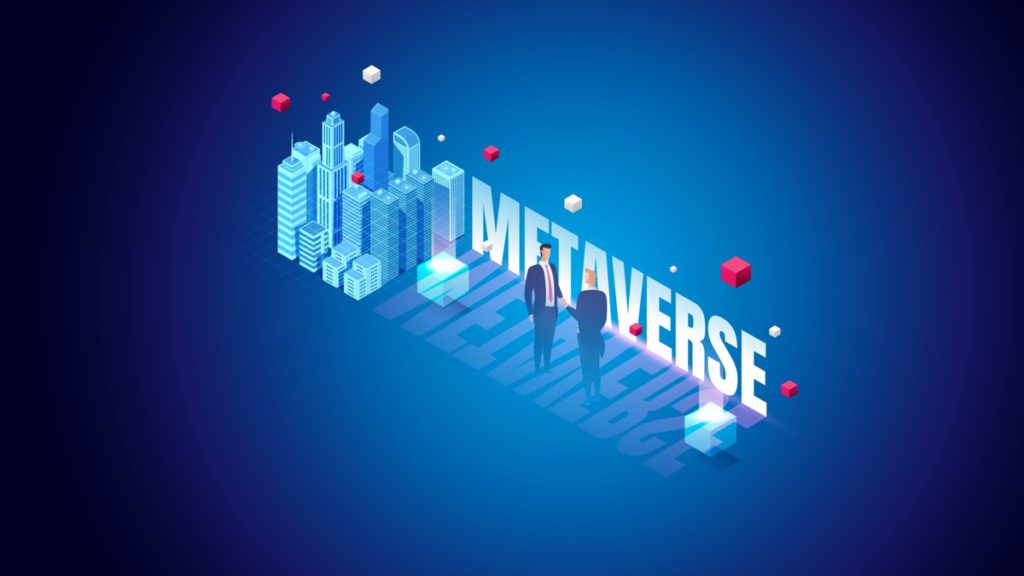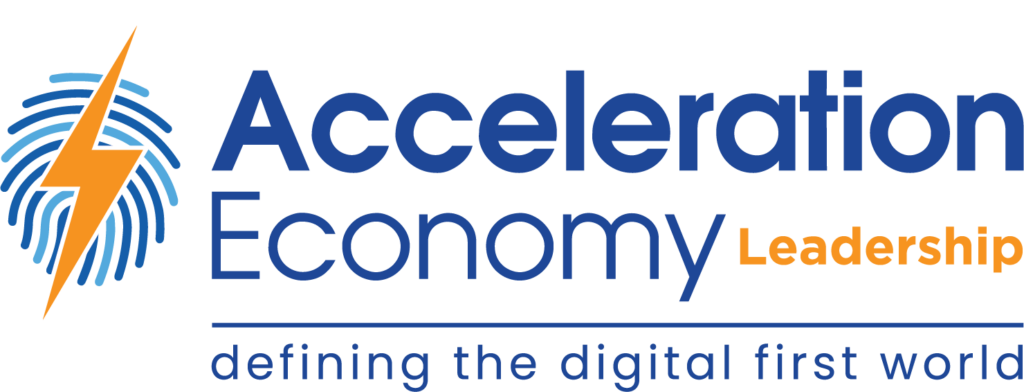I’m a little ornery today after a full week of fighting off COVID, leading me to catch something in the very real world of back-to-industry travel for most of us. I can’t join a remote meeting, trade a chat, or visit social media without hearing about yet another person I know who has contracted COVID from being out and about in the “real world”. So, that got me thinking about the Metaverse, as geeks often do, and what it can do for partnerships.
Perhaps, rather than partnering in the real world, we could fast-track the work through a virtual world for the IT industry. For business and technology partnerships, the Metaverse would eliminate some of the travel.
A Collection of Experiences
First, let me say there is still some startling lack of clarity about just what the Metaverse is and what it’s purpose is, as proven this week by the fact that Meta Head of Global Affairs Nick Clegg published a 32-minute read about what it is and what it means for the company formerly known as Facebook and for our evolving world.
After reading and rereading what could only be called a manifesto, I took away one key thing we all need to agree on: There is not one branded Metaverse. It will be a collection of experiences that are created and improved upon across a vast array of Metaverses — note the plural there, it matters for this article and for the future of our innovation.
How the Metaverse Can Enable Partnerships
So, if we accept that there will be multiple Metaverses, then any of us could effectively create a Metaverse environment that solved our most vexing issues, right?
Well, let’s use my example. I think the return to business travel has been great, as it allows me to get back out there and create partnerships that drive our industry and our business forward. But it’s difficult to travel. There are still restrictions globally. With COVID-19 still on the rise, it’s only a matter of time before travel may eventually be more effort than it’s worth, depending on the partnering opportunity.
Yet, there are so many partnering events coming back live that I had to challenge my perspective. Can partnering events in a Metaverse really work to solve this issue?
Fundamentally, the promise is there. In fact, in an ideal scenario, the technology in use would allow us all to feel as if we were physically at the event. It would involve high-definition, 3D environments that we would access via virtual-reality (VR) goggles. We would all have avatars that can walk up to and interact with remotely physical items, which users could pick up and examine with haptic gloves or game controllers. It could work.
Sure, technology this extensive may serve, today, as too big of a barrier to entry for the average partnering event attendee, but the future is moving fast. I think we can anticipate a rich range of choices in the very near future.
Are We Ready for Partnerships in the Metaverse?
Let’s face it, as we sit there right now, firms such as Mytaverse, which launched its platform in November of 2021, already offer a variety of prebuilt 3D environments. These can serve as conference booths, meeting rooms, theaters, and more.
The tools are becoming so fantastic. I would even argue that sometime, in the not-too-distant future, the technology will allow more opportunities to meet in productive ways than many, if not all, of live events. So, if we accept that the technology is ready, the real question is, are we? Are we ready to give up the travel, the endless miles on our fitness tracker, the buffet food, the exposure to flus and pandemics?
What’s Holding Users Back?
Many people I spoke with about this topic shared that they thought going to events connects us in ways that, at least right now, may be hard to replicate in a Metaverse. So, I asked for more information to help me understand why it wouldn’t work just as well.
They brought up things like networking at an event, saying, “Sure, your avatar can do a great job running up to people, waving, or engaging. But, what about that person you haven’t seen in over two years who you want to have a side discussion with about how to handle some difficult partner situations?”
Or perhaps, consider meetings where you really dig into opportunities and get to real tactics that will work for your mutual business. Also, consider those amazing opportunities that arise because of meeting a new contact.
The Future of Metaverse Events
While the use cases went on and on, I kept bringing it back to the fact that, yes, the Metaverse solution can solve that. You don’t even have to eat yet another cold continental breakfast buffet.
The Metaverse can solve that better than a live event in most instances. According to our JS Group’s latest research, less than 15% of partnering events are delivering the ROI (11x+) that businesses want and need to see to justify the expense. A Metaverse event can track every interaction and every opportunity. It can gauge sentiment in a meeting and isolate behavioral trends. It can provide help through AI to set specific follow-up actions that will ensure ROI from the event.
Perhaps that is what holds people back from believing in this future. Maybe these events have become the adult equivalent of a social event. Maybe we don’t want to lose that sense of freedom and unstructured engagement.
In other words, is the loss of physically being at an event really the objection to moving events to a Metaverse, or is it just a perceived loss of control? I think time will tell. For this analyst, I personally look very forward to fully Metaverse events penetrating our industry. If not for the carb savings from all those buffets, at least for the stoppage of spreading everything from the common cold to COVID-19.
Let’s go make it happen, deliver high ROI, and show them all how it works — one Metaverse event at a time. Happy partnering!
Want more tech insights for the top execs? Visit the Leadership channel:







